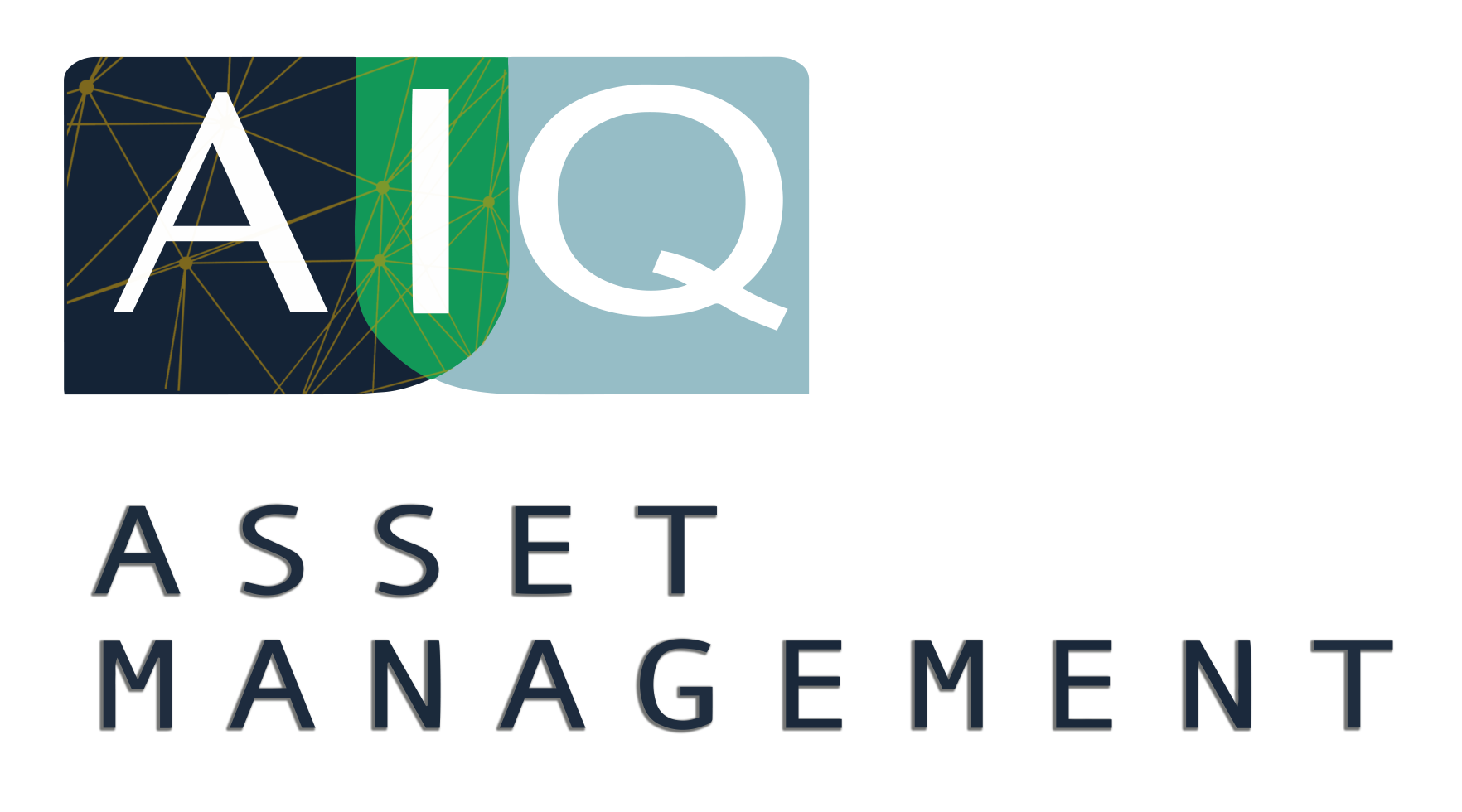San Francisco
Dallas
New Orleans
Investment advice offered through AIQ Asset Management, a DBA of Advisor Resource Council, a registered investment advisor.
Additional information, including management fees and expenses, is provided on our Form ADV Part 2. As with any investment strategy, there is potential for profit as well as the possibility of loss. We do not guarantee any minimum level of investment performance or the success of any portfolio or investment strategy. All investments involve risk (the amount of which may vary significantly) and investment recommendations will not always be profitable. The underlying holdings of any presented portfolio are not federally or FDIC-insured and are not deposits or obligations of, or guaranteed by, any financial institution. Past performance is not a guarantee of future results.
All Rights Reserved | AIQ Asset Management


AIQ Insights
Sign up to receive AIQ's Monthly Investment Strategy Fact Sheets!